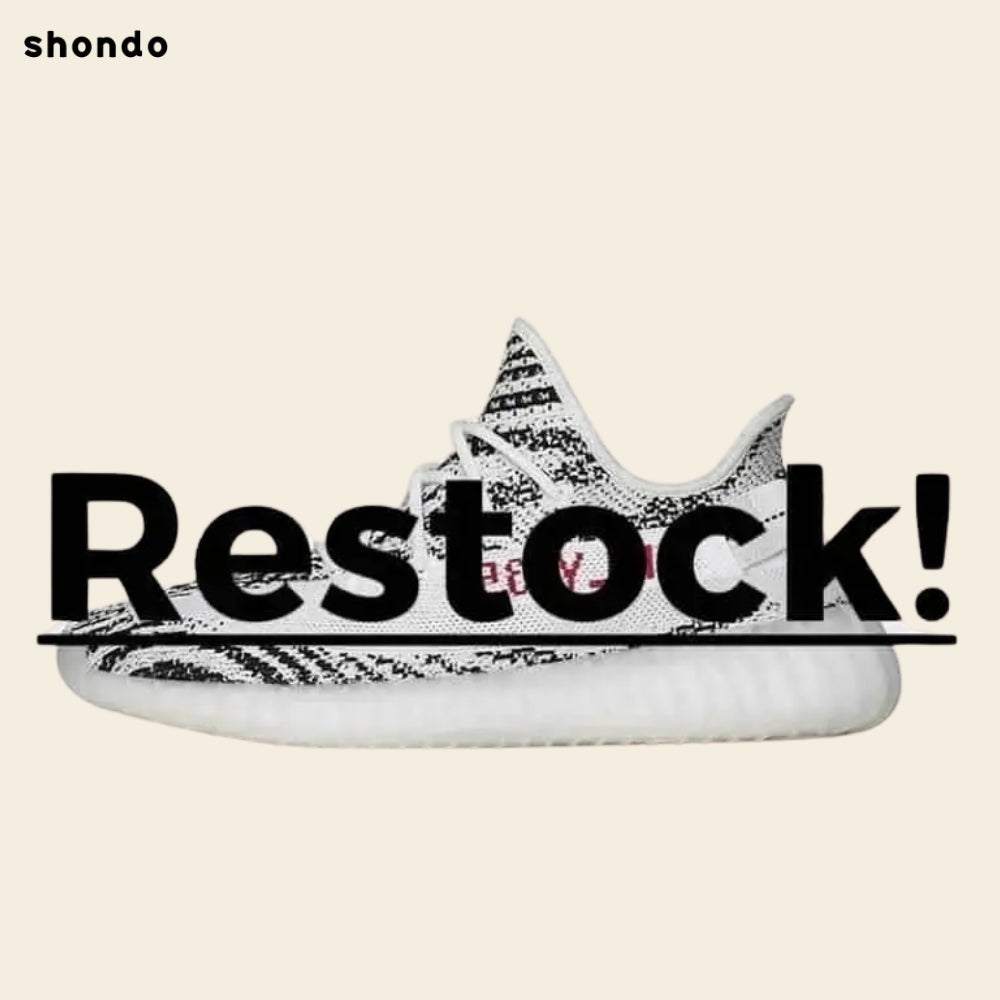Restock is a familiar term in the fashion industry in general and footwear in particular. However, there are certainly still many interesting things that we do not know. Today, Shondo will help you dig more about what Restock is in the article below.
1. What is Restock?
Restock is understood as adding more goods to the warehouse for sale. Restocked goods are usually products that have been sold out or are about to run out and need to be replenished to meet customer demand in a timely manner.
In the booming era of e-commerce, restocking is more important than ever. With the rapid pace of online shopping, sellers need to constantly update and restock products to meet timely demand.
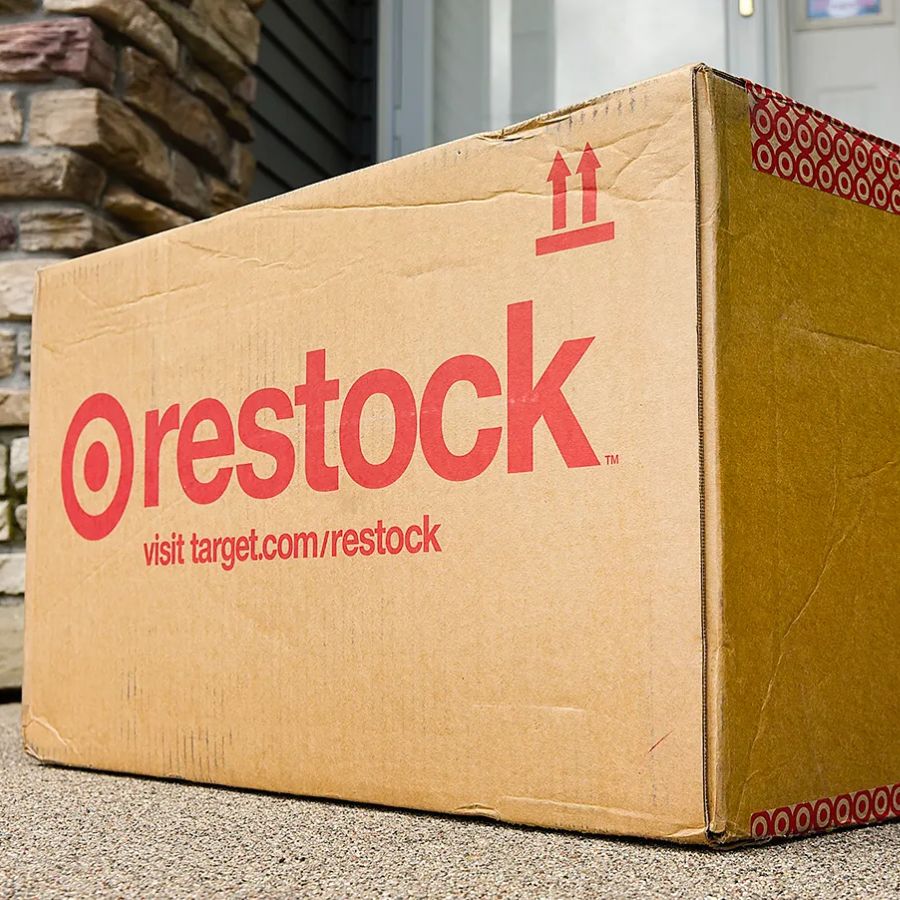
2. Examples of Restock in real life
What is Restock? Restock is not only limited to the fashion or footwear industry but is also widely applied in many different industries. Let's take a look at some specific examples such as:
- Clothing: Brand A sells out of all the items related to that summer. However, the following summer they restock these items to continue selling to customers.
- Shoes: The famous shoe brand S launched a new collection in very limited quantities and quickly sold out in a short time. After that, the company decided to restock to continue selling to customers in need.
- Electronics: Company B produces a new product for its 10th anniversary and sells it in just 2 days. They then decide to restock it to meet the demand of those who have not yet owned it.
- Food: Typically, Tet candy, they usually restock these items after 1 year. We have to wait 365 days to enjoy that familiar taste again.
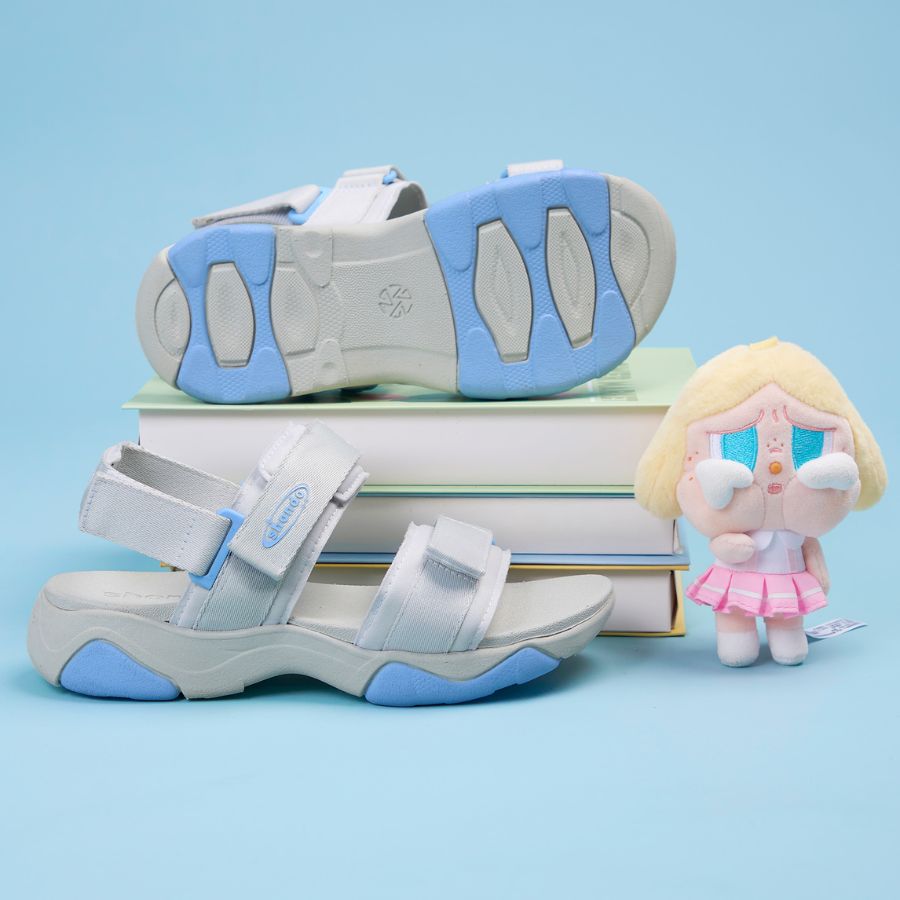
3. What is Restock?
Restocked goods are items that have been sold out and are then restocked by manufacturers and retailers to continue selling on the market.
- Quality: Restocked items are of the same quality as the first sale. However, we should also note that this item may be a returned item or a refurbished display item.
- Price: Restock prices are usually equal to or higher than the original selling price. This depends on many factors such as market demand, production costs, business strategies from suppliers, and product attractiveness.
- Expectations and customer psychology: Scarcity and exclusivity of restocked items make many consumers willing to pay higher prices to own them. Therefore, retailers always take advantage of this psychology to create effective sales campaigns.

>>>Read more: What is Like Auth product ? Should you buy it? How to distinguish it?
4. What is Date of Restock?
This is the date the product is restocked and ready for sale. Date of Restock information is often communicated to customers in advance by retailers, especially for limited edition items.
Knowing the Date of Restock helps buyers be more proactive. They can set reminders, prepare money and be ready to "hunt" for products as soon as they are restocked.
Retailers often notify through many different channels such as website, email, social networks, etc. Buyers can register to receive notifications to update information as quickly as possible.
Additionally, they allow customers to pre-order even if the product is not yet restocked. This ensures that customers will receive the product as soon as it is available.
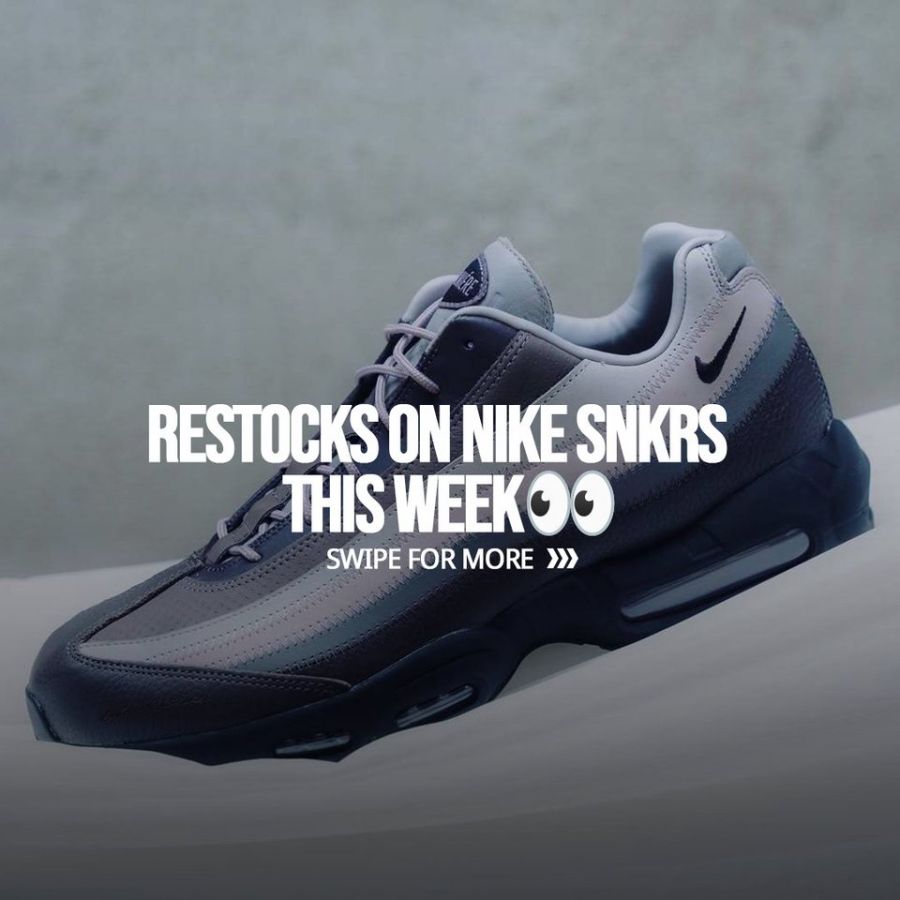
5. What to look for when buying Restock shoes
When buying restock shoes, you need to note the following points to ensure avoiding unnecessary risks.
5.1 Pay attention to the product warranty period
The warranty period may be different from the original shoes sold. You should ask the seller about the warranty policy before deciding to buy.
Some places will apply a shorter warranty policy for restock shoes, especially for discounted products. Therefore, you need to check this information carefully to ensure your rights.
Some personal experience when buying restock shoes is to prioritize reputable stores with clear policies. This helps you feel more secure about the product quality and can return it if there is a problem.
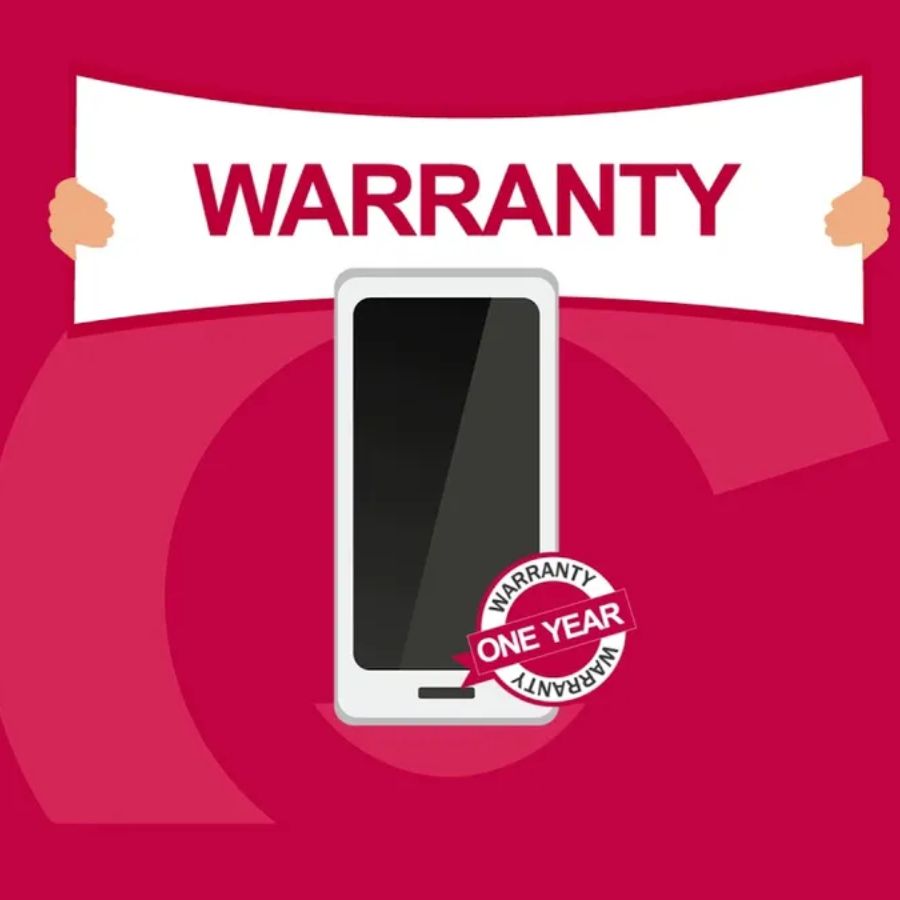
5.2 Restock items may be returned items.
Of course, there will be some restocked shoes that may have been returned by previous customers due to manufacturing defects, incorrect size, or dissatisfaction. So you should carefully check the product for any defects.
If you find a defect, you can request a replacement or return the item. Reputable stores often have flexible return policies. Don’t be afraid to ask if the product doesn’t meet your requirements.
A small note is that you should carefully check details such as seams, glue, shoe soles, etc. to ensure the goods are intact. If buying online, you should ask the seller to provide real photos from different angles.
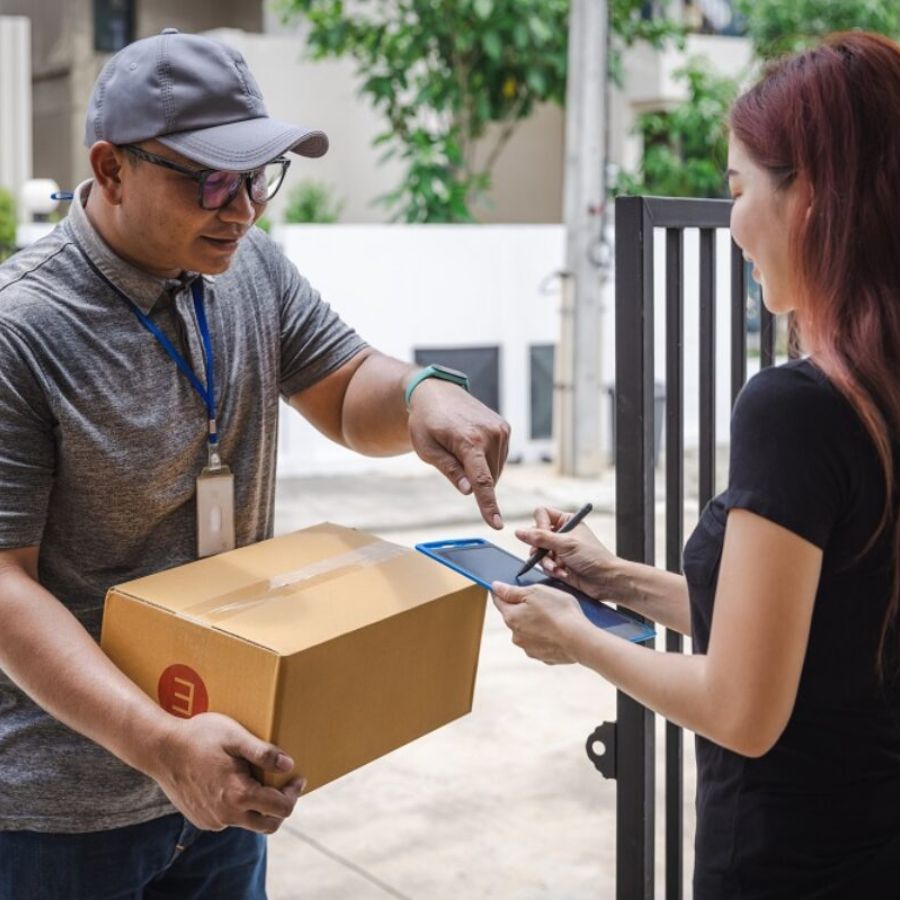
5.3 Restock shoe prices are sometimes increased
Due to high demand and scarcity, their prices are sometimes pushed higher than the original price. You should consider carefully before deciding to buy.
If you are not in a hurry, wait for sales or promotions to get a better price. Some stores apply preferential programs for loyal customers or buying in large quantities.
You should also compare prices between different places to find the best price. In addition, opinions from friends, relatives or groups are also places where we can get more useful information.
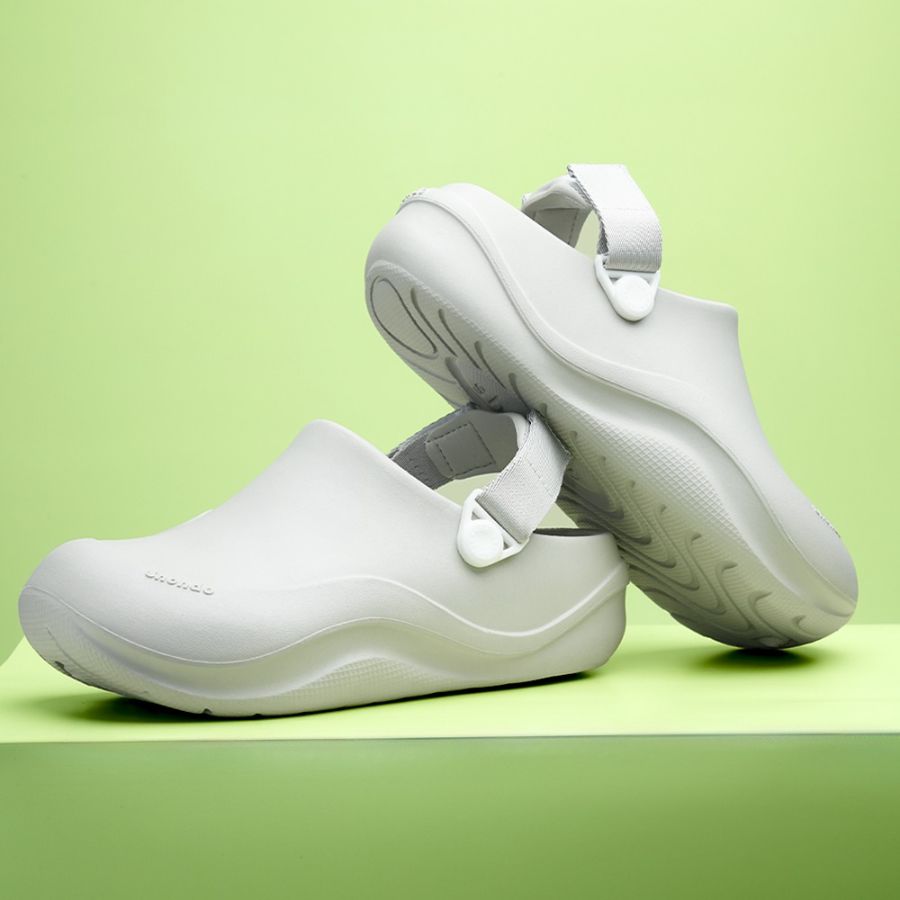
6. Why is Restock important?
Here are the main reasons why restocking is so important.
- Respond to demand in a timely manner: When customers cannot find the products they need, they will switch to buying from competitors. Timely restocking helps us maintain long-term relationships with customers.
- Helps increase revenue: If not restocked, businesses will not be able to sell products. This helps optimize inventory turnover, reduce storage costs and significantly increase business efficiency.
- Contribute to improving brand image: Brands that regularly restock products will create a good impression on customers. They will feel confident and secure when shopping at a place that always has enough products they need.
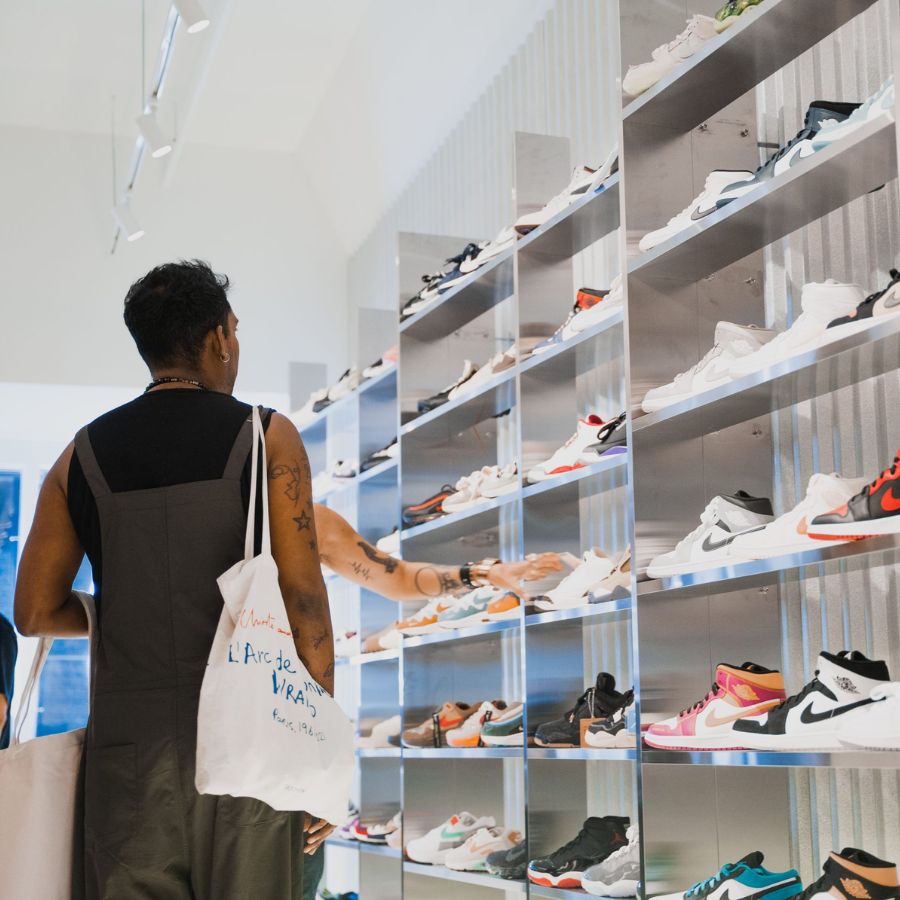
7. Some concepts related to Restock
In addition to the information mentioned above, there are some concepts related to restock that we need to know to better understand this term.
7.1 Backorder
Backorders are also known as “orders placed before a product is in stock”. However, backorders can cause long wait times and run the risk of order cancellation if the wait time is too long.
When a product is backordered, the retailer will record the order and notify the customer of the expected time the product will be back in stock. At that time, the customer can choose to pay in advance or pay upon delivery.
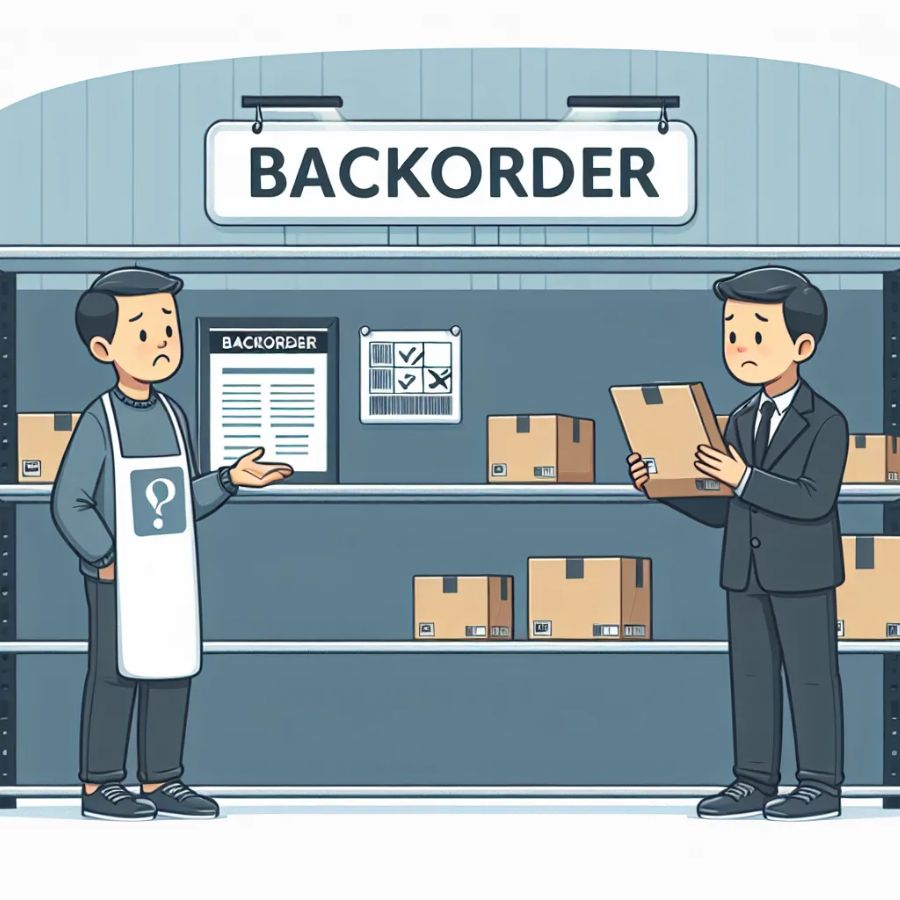
7.2 Pre-order
Pre-order is a form of customer ordering before the product is officially released or restocked.
Pre-orders are often used for new, limited edition products. Customers who place orders in this way often receive special offers such as discounts, free gifts, or receive the product earlier.
For customers, this form also helps them ensure they own their favorite products without worrying about "out of stock". However, pre-ordering also has the risk that the actual product may not be the same as advertised or delivery time may be delayed.

7.3 Inventory
This is essentially the amount of goods that a business is storing in its warehouse in preparation for sale. Effective inventory management is key to ensuring the restocking process goes smoothly.
Therefore, businesses need to closely monitor inventory levels to determine when to restock. If the quantity is too low, they risk running out of stock. Conversely, if there is too much stock, they incur high storage costs and risk the goods becoming obsolete.
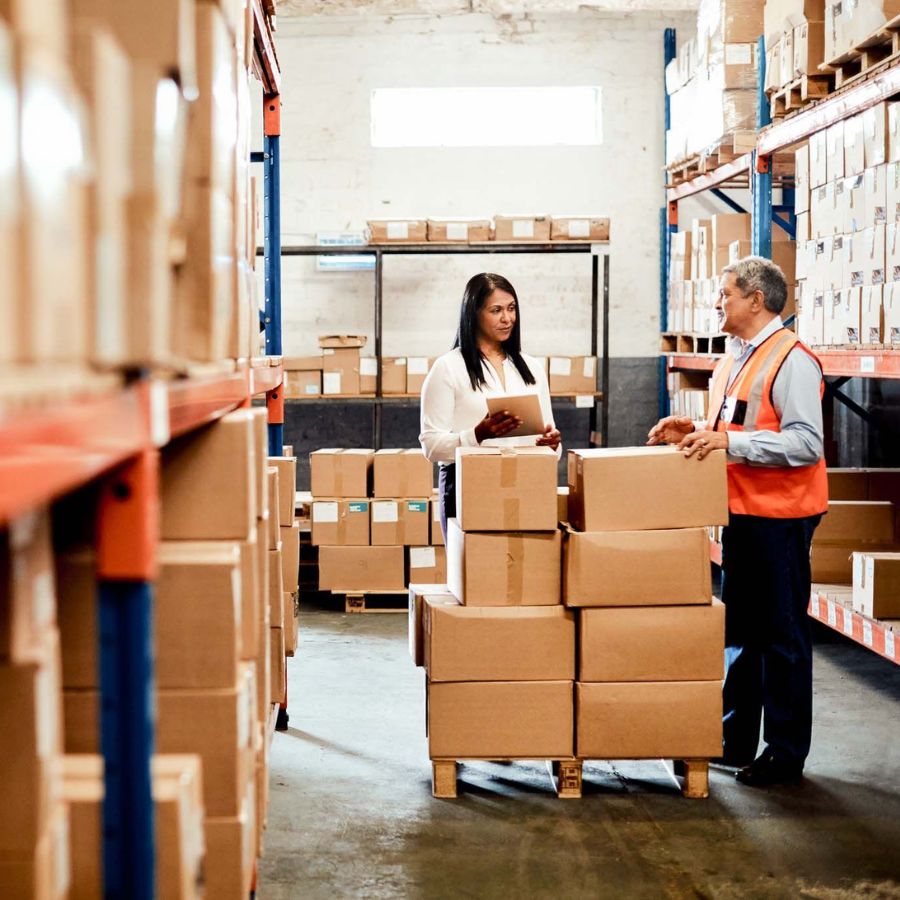
8. Some related questions
8.1 How to identify restock items?
Normally, it is difficult to distinguish restocked goods from first-sale goods based on appearance alone. However, you can identify goods based on the following signs:
- Retailer Information: Reputable retailers often provide clear information about whether a product is restocked or not.
- Production date: Most products have a production date printed on the packaging. If the production date is more recent than when the product was first released, it may be a restock. However, this method is not always accurate.
- Price: Sometimes restocked items are sold at a higher price than the original price due to high demand.
8.2 What is the difference between restock and regular products?
Basically, there is no significant difference. Both must meet the same quality standards. However, there are still some minor differences to note such as origin, price, warranty period, etc.
9. Conclusion
Understanding what restock is will help us become smarter shoppers. Hopefully, through this article, Shondo has brought you a lot of accurate and useful information to help you make the right shopping decisions.
Related Articles

Nếu bạn đã và đang sở hữu cho mình đôi giày ballet sneaker nhưng vẫn chưa biết outfit nào phù hợp. Xem ngay bài viết này với 5 cách phối đồ với giày ballet sneaker đẹp không có điểm trừ cùng Shondo...

Squid Game 3 chính thức khuấy đảo trên màn ảnh, bạn đã sẵn sàng ngồi liền 6 tập để xem cuộc chiến sinh tồn lần cuối của Gi-Hun chưa? Dưới đây là combo cuối tuần “chuẩn sinh tồn hiện đại” mà Shondo ...

Phong cách Retro là gì mà được nhiều người săn đón như vậy? Cùng Shondo tìm hiểu qua bài viết sau đây để biết thêm nhiều điều thú vị từ điểm đặc trưng cho đến cách phối đồ như thế nào là chuẩn nhé....

Một trong những trào lưu nổi bật gây sốt trên các cộng đồng yêu thời trang chính là phong cách Maillard. Nhưng điều gì khiến chúng lại có sức hút lớn đến như vậy? Shondo sẽ giúp bạn hiểu rõ hơn về...

Áo Polo nữ - item nghe thì tưởng già nhưng thực ra lại đang quay trở lại mạnh mẽ. Từ sân golf đến sân trường, từ văn phòng đến quán cafe, chiếc áo đơn giản với cổ bẻ đặc trưng này bỗng trở nên đa n...
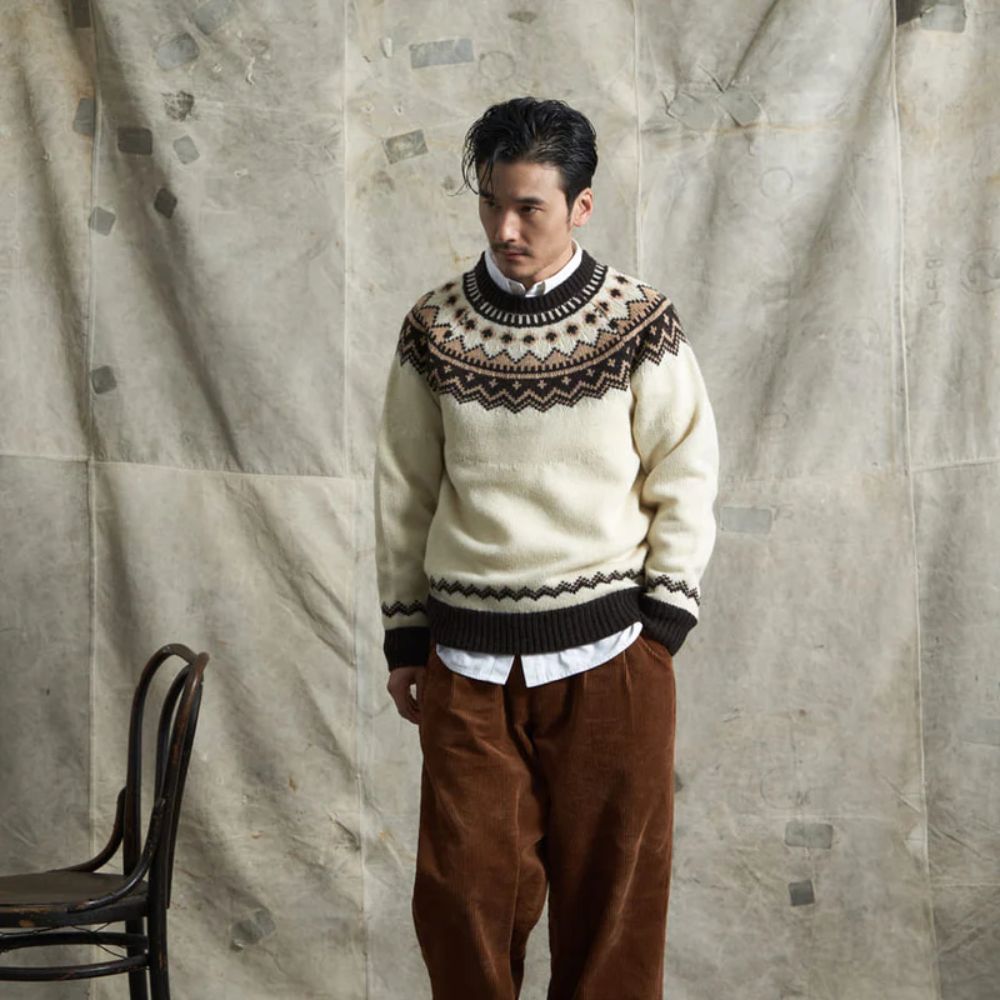
Phối đồ Vintage trong giới thời trang mang đến những nét độc đáo rất riêng. Phong cách này trở thành xu hướng phổ biến không chỉ ở nữ mà còn xuất hiện nhiều ở nam giới. Shondo sẽ cho bạn thấy điều ...

